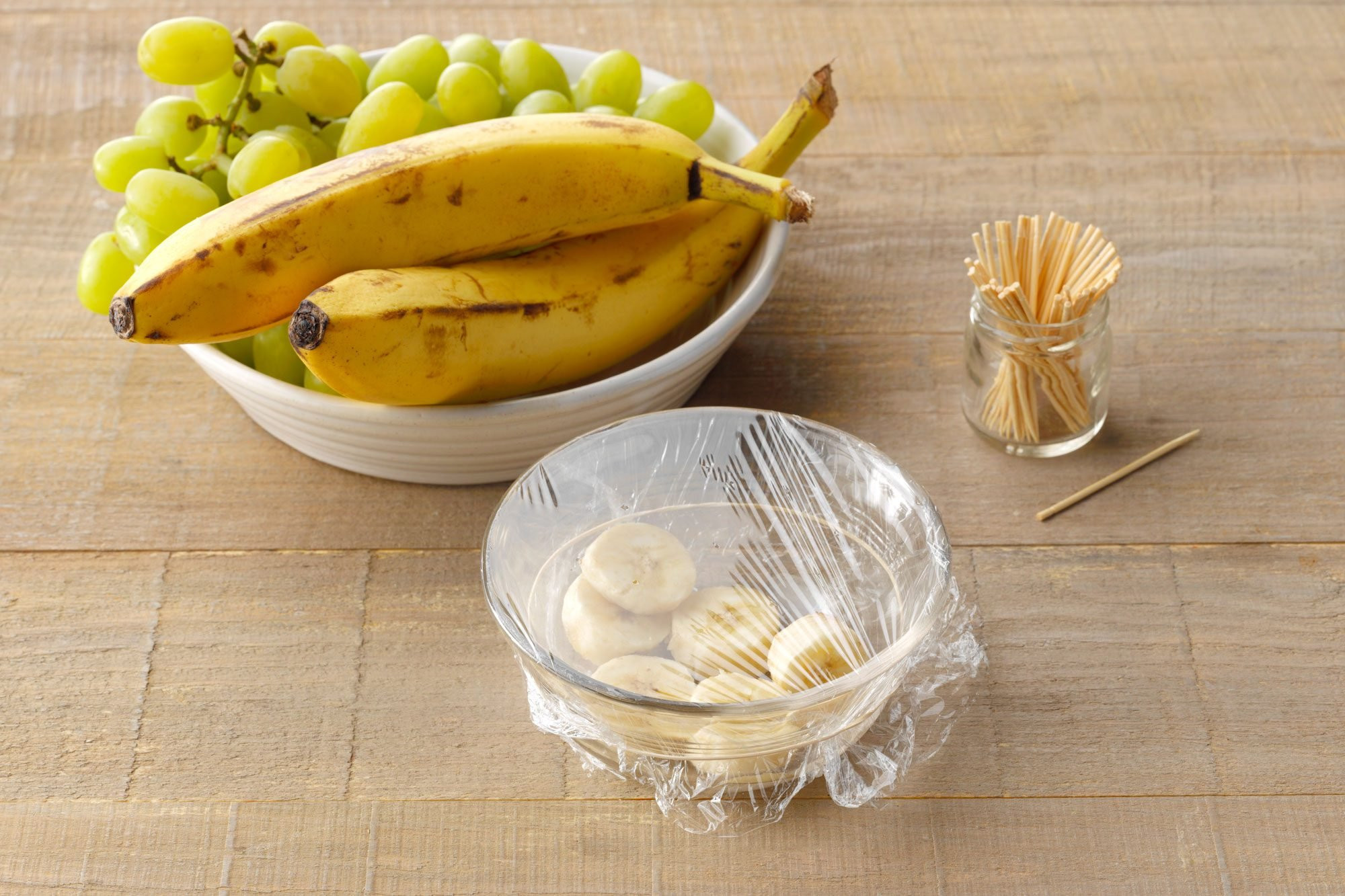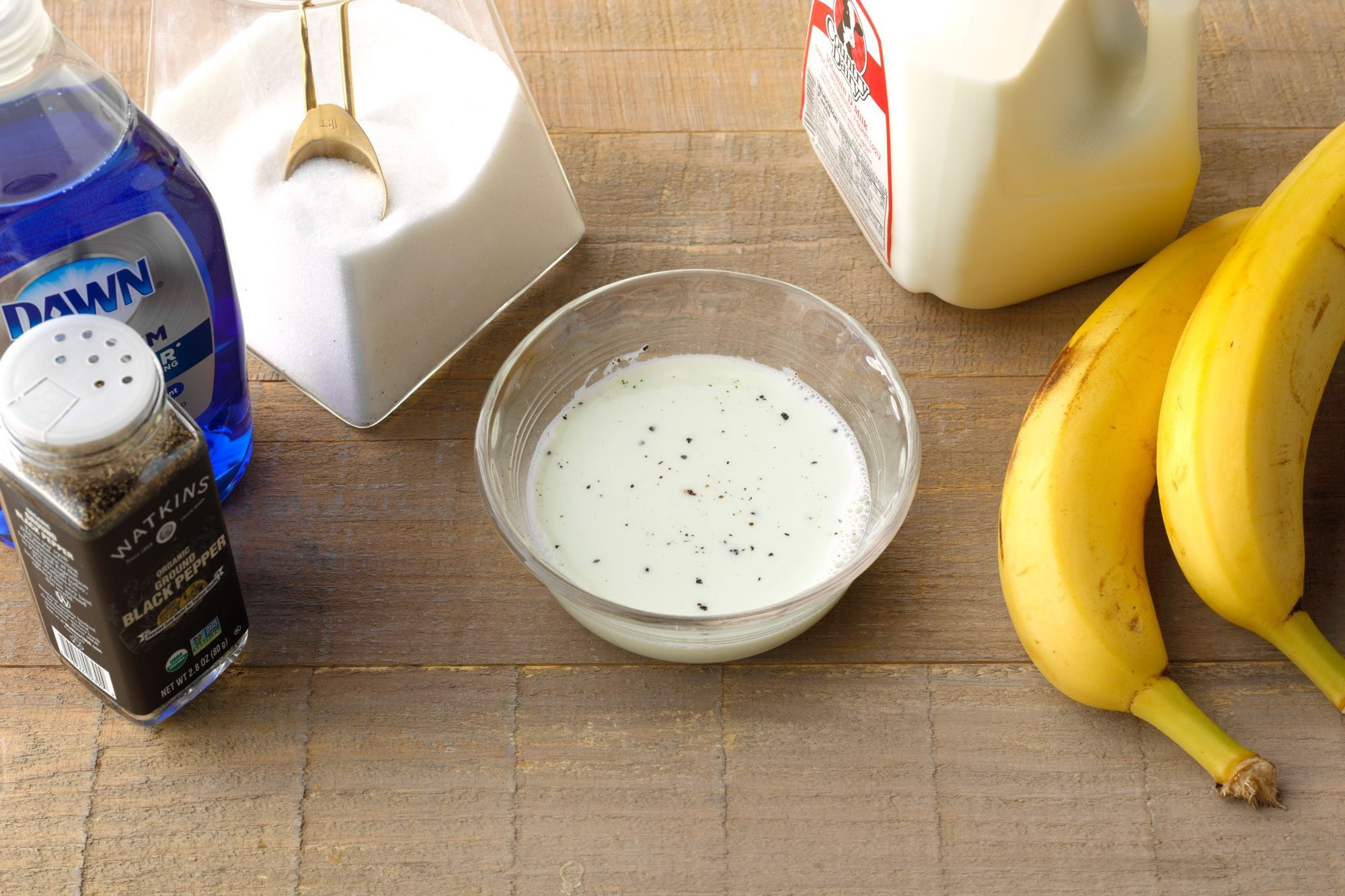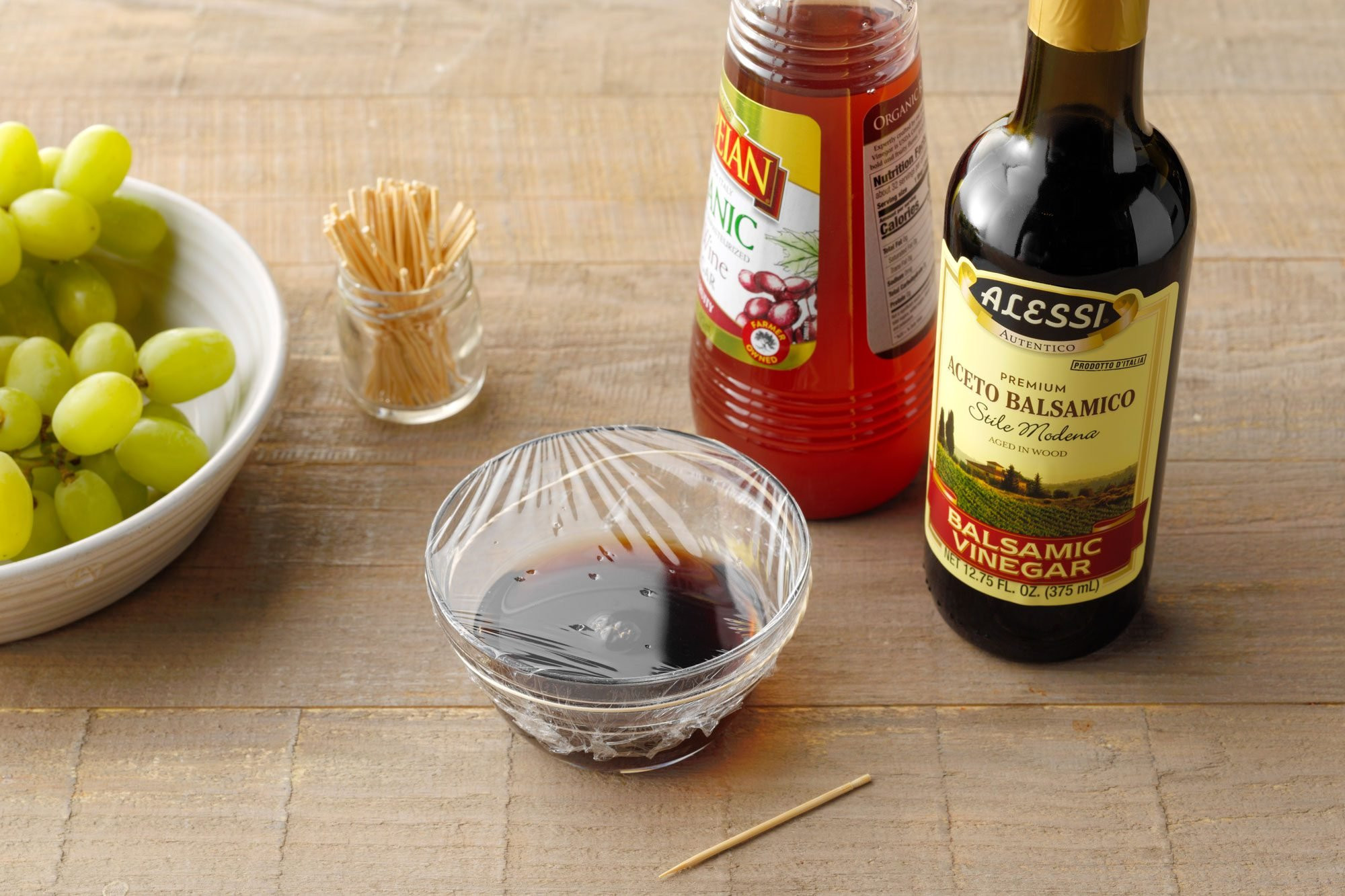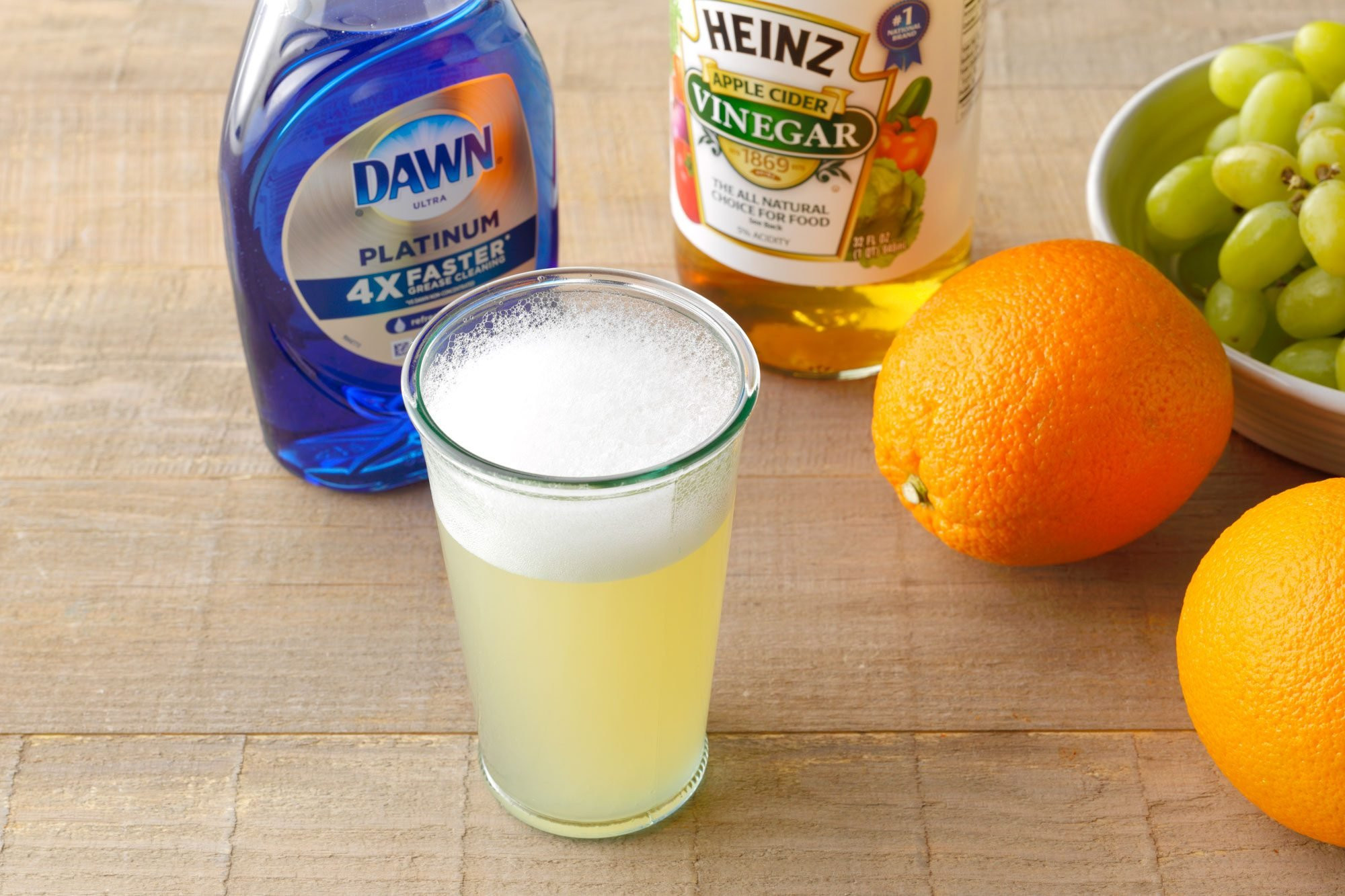Fruit flies. Those tiny, irritating pests that seem to materialize out of thin air. One minute your kitchen is clear, and the next, a cloud of these buzzing nuisances is hovering around your fruit bowl. You’re not alone if you’ve wondered how they got there. Perhaps they hitched a ride on your latest grocery haul, maybe they were attracted by that forgotten fruit salad, or possibly, your compost bin became a five-star resort for them.
Regardless of their entry route, the urgent matter is eviction. The good news is, you don’t need harsh chemicals or expensive exterminators. Inspired by a Pinterest find promising a homemade fruit fly trap, we decided to put several popular DIY methods to the test.
Understanding Fruit Flies: Why Are They Here?
The attraction is simple: fruit flies are drawn to ripe and fermenting fruits and vegetables. It’s practically a fruit fly buffet in your kitchen. What might be less obvious is how they infiltrate your home. Often, fruit flies are brought in unknowingly by you. They can lay eggs on produce, and these eggs are then transported into your kitchen when you unpack groceries.
Once inside, the fruit fly lifecycle kicks into high gear. They reproduce rapidly, laying eggs on the surface of ripened or fermenting foods. A single female fruit fly can lay up to 500 eggs, and these can hatch in as little as a week. Quick action is key.
Quick Tip: Simply discarding infested fruit might not solve the problem. Fruit flies can continue to breed in trash bags, drains, and garbage disposals. Dispose of overripe produce promptly to deter these persistent pests.
Testing 5 DIY Fruit Fly Traps: The Experiment
Driven by a mission to banish these tiny invaders, we embarked on a quest to find the most effective homemade fruit fly trap. A quick online search revealed a plethora of folk remedies, all using common household items. To find the champion, we tested five of the most popular recipes, setting them up near our pantry – a known fruit fly hotspot thanks to the vinegar collection. For 12 hours, these traps were in action. Here’s a breakdown of each method and its performance.
The DIY Fruit Fly Trap Lineup
Trap 1: The Overripe Fruit Bowl Trap
 Bowl filled with rotten banana slices covered with plastic wrap, showing toothpick holes. Bananas and grapes are in the background on a wood surface. Alt text: Rotten fruit trap using banana slices in a bowl covered with plastic wrap with toothpick holes.
Bowl filled with rotten banana slices covered with plastic wrap, showing toothpick holes. Bananas and grapes are in the background on a wood surface. Alt text: Rotten fruit trap using banana slices in a bowl covered with plastic wrap with toothpick holes.
Potential Advantages: Cost-effective, utilizes fruit fly’s natural attraction to ripe fruit, repurposes overripe produce.
Materials:
- Overripe fruit (banana, apple, etc.)
- Bowl
- Plastic wrap
- Rubber band
- Toothpick
Instructions:
- Place chopped overripe fruit in a bowl.
- Cover the bowl tightly with plastic wrap and secure with a rubber band.
- Poke several small holes in the plastic wrap using a toothpick. The holes should allow fruit flies to enter but prevent their escape.
Fruit Fly Catch Count: 0. Surprisingly ineffective. It seems the fruit flies were able to enter and exit freely, or perhaps weren’t tempted enough by the enclosed fruit.
Trap 2: Milk, Sugar, Dish Soap, and Pepper Mixture
 Bowl with milky mixture, dish soap, sugar, milk, and pepper ingredients arranged around it on a wood surface. Alt text: Milk, sugar, dish soap, and black pepper fruit fly trap ingredients and mixture in a bowl.
Bowl with milky mixture, dish soap, sugar, milk, and pepper ingredients arranged around it on a wood surface. Alt text: Milk, sugar, dish soap, and black pepper fruit fly trap ingredients and mixture in a bowl.
Potential Advantages: Utilizes common kitchen staples, good use for milk nearing its expiration date.
Materials:
- ½ cup milk
- 2 teaspoons granulated sugar
- Dish soap
- Black pepper
- Bowl
Instructions:
- Combine milk and sugar in a bowl.
- Heat the mixture on the stovetop or microwave, stirring until the sugar dissolves completely.
- Stir in a squirt of dish soap (this reduces surface tension, trapping the flies).
- Pour the mixture into a bowl.
- Sprinkle black pepper over the surface (supposedly to attract flies, though its effectiveness is debatable).
Fruit Fly Catch Count: 3. Tracking the results was challenging as it was difficult to differentiate between pepper flakes and trapped fruit flies. The effectiveness was minimal.
Trap 3: Balsamic and Red Wine Vinegar Blend
 Small glass bowl covered with plastic wrap with holes, bottles of balsamic and red wine vinegar, grapes, and toothpicks nearby on a wood surface. Alt text: Balsamic and red wine vinegar fruit fly trap with plastic wrap and poked holes.
Small glass bowl covered with plastic wrap with holes, bottles of balsamic and red wine vinegar, grapes, and toothpicks nearby on a wood surface. Alt text: Balsamic and red wine vinegar fruit fly trap with plastic wrap and poked holes.
Potential Advantages: Quick to assemble, easy cleanup.
Materials:
- Balsamic vinegar
- Red wine vinegar
- Bowl
- Plastic wrap
- Rubber band
- Toothpick
Instructions:
- Mix equal parts balsamic and red wine vinegar in a small bowl.
- Cover the bowl tightly with plastic wrap.
- Secure the plastic wrap with a rubber band.
- Poke a few small holes in the plastic wrap, similar to Trap 1.
Fruit Fly Catch Count: 0. Despite fruit flies often being seen near vinegar bottles, this trap was surprisingly ineffective. Perhaps the mixture wasn’t as appealing as pure vinegar.
Trap 4: Dish Soap, Apple Cider Vinegar, and Hot Water Power Trap
 Glass with sudsy mixture, bottle of apple cider vinegar, dish soap, and fresh fruit around it on a wood surface. Alt text: Dish soap and apple cider vinegar fruit fly trap with sudsy bubbles in a glass.
Glass with sudsy mixture, bottle of apple cider vinegar, dish soap, and fresh fruit around it on a wood surface. Alt text: Dish soap and apple cider vinegar fruit fly trap with sudsy bubbles in a glass.
Potential Advantages: Fast setup, utilizes common household items, simple cleanup, highly effective.
Materials:
- Dish soap
- Apple cider vinegar
- Glass or jar
- Hot water
Instructions:
- Squirt a small amount of dish soap into a glass.
- Pour apple cider vinegar into the glass until it’s about one-third full.
- Add hot tap water to the glass, creating a layer of bubbles on top. The heat helps to mix and activate the scent.
Fruit Fly Catch Count: 18. This trap was a clear winner. Fruit flies that were previously near the rotten fruit trap quickly migrated to this one. The soap breaks the surface tension of the vinegar, causing the flies to sink and drown. The bubbles did dissipate, requiring occasional refreshing with more hot water to maintain the bubble layer.
Trap 5: Beer and Rotten Banana Brew
 Glass jar with beer and banana mixture, coffee filter cone, toothpicks, bottle of beer, and fruit around it on a wood surface. Alt text: Beer and rotten banana fruit fly trap using a jar, beer, banana, and coffee filter cone.
Glass jar with beer and banana mixture, coffee filter cone, toothpicks, bottle of beer, and fruit around it on a wood surface. Alt text: Beer and rotten banana fruit fly trap using a jar, beer, banana, and coffee filter cone.
Potential Advantages: Reuses overripe fruit, a reason to use beer you might not enjoy drinking.
Materials:
- Rotten banana
- Jar
- Beer
- Cone-shaped coffee filter
- Toothpick
Instructions:
- Place a piece of rotten banana in a jar.
- Pour in enough beer to partially cover the banana.
- Poke a small hole at the tip of a coffee filter.
- Place the coffee filter cone-down into the jar opening, folding the edges over the jar’s rim to secure it. This creates a funnel, allowing flies in but making it harder to escape.
Fruit Fly Catch Count: 3 dead, 5 alive. This trap showed some promise, capturing a few flies. However, it wasn’t as effective as Trap 4 and felt like a less efficient use of beer.
The Verdict: Trap 4 Takes the Crown
Trap No. 4, the dish soap and apple cider vinegar trap, emerged as the undisputed champion. The daily tally of deceased fruit flies was surprisingly satisfying.
Trap No. 5, the beer and banana trap, might have potential with modifications. Adding dish soap to the beer and using the plastic wrap method from Trap No. 1 could enhance its effectiveness. Feel free to experiment!
Perfecting the Winning Fruit Fly Trap
Since the initial experiment, we’ve refined the apple cider vinegar and dish soap trap for optimal performance. Switching from a juice glass to a pint glass proved beneficial. While it uses more vinegar, the larger surface area and depth allow the bubble layer to last longer, making fruit fly elimination a more passive process.
We also tested both filtered and unfiltered apple cider vinegar. The unfiltered variety, with its “mother” (strands of cellulose and acetic acid bacteria), was noticeably more effective, likely due to the added fermented apple bits that enhance the lure.
Fruit Fly Prevention: Stopping Infestations Before They Start
The most effective strategy against fruit flies is prevention. The key is to eliminate their food sources and breeding grounds. Utilize ripe fruits and vegetables promptly. (Need ideas? Explore recipes for using ripe bananas.) If you want to extend the life of your produce, refrigerate them. And when you discard overripe or inedible produce, take out the trash immediately.
Next up: Learn how to keep other pantry pests at bay and maintain a bug-free kitchen.